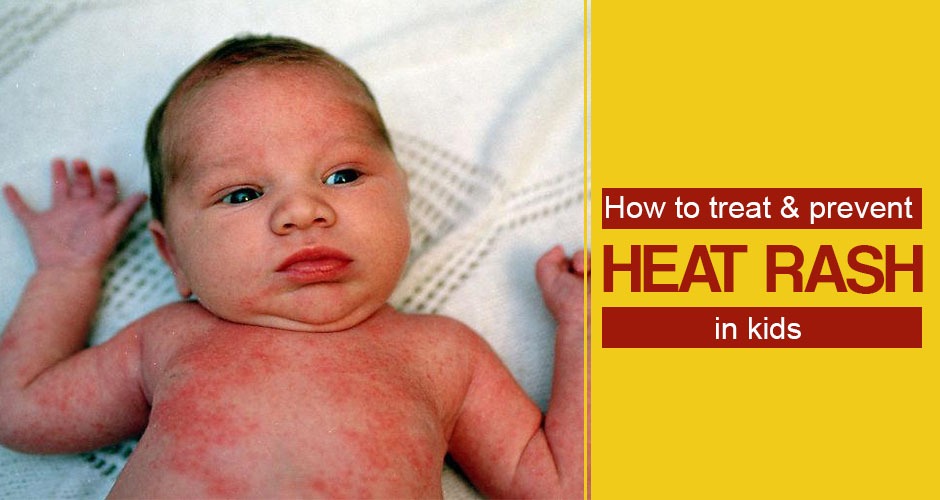Glory Info About How To Treat A Rash On Face

Allow the aloe vera to dry on your.
How to treat a rash on face. Considerations often, the cause of a rash can be determined from how it looks and its location and symptoms. Applying a cold compress to the affected area is a fast and easy way to relieve pain. Skin rashes are usually treated by a.
Most rashes are not dangerous, and will heal quickly after some gentle cleaning and basic care. Fever or illness with a rash. When to contact a doctor.
Using aloe gel on your face can help soothe irritation and burning. Using natural remedies 1. Some of the most common include:
Factors such as the type of viral rash you have, your medical history, and your current health condition, can affect the outcomes of a viral rash. If not, phone 999 and ask for an ambulance. Try applying a thin layer of aloe vera gel to your face.
Treatment if home care steps don't ease your signs and symptoms, your health care provider may prescribe medications. Responding normally to you. How can we improve this page?
People can often manage a facial eczema rash by washing the skin regularly, avoiding heavily scented products, and using hydrating or. Your doctor can perform a rash evaluation to determine the exact cause. First, take a deep breath, and do some backpedaling to figure out what could have caused it (more on that in a bit).
Eczema, also known as dermatitis, is a term for different types of swollen skin rashes. Experts explain the causes and symptoms of an allergic reaction on your face, plus how to calm your skin and prevent future rashes from popping up. These are applied to the skin to help soothe the rash.
A rash that blisters or turns into open sores or raw skin. Several different types of eczema can form on your face. If the skin rash is from eczema or an immune system response, medicines can reduce the reaction.
Try putting a few drops of hemp seed oil on your fingertips and smoothing the. Most people can treat their rashes effectively with medical treatments and home care. Then you'll notice small bumps or blisters emerge.
If you see these symptoms, you could be developing a heat rash. Wear long sleeves or clothing that covers the rash, in order to reduce your access to itch. While most viral rashes aren't considered serious, only a healthcare provider can provide an accurate diagnosis for your rash.


















